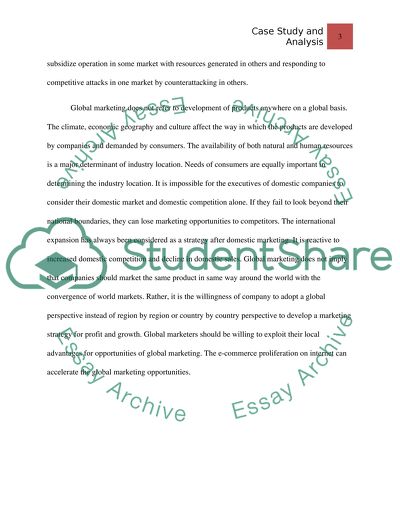Cite this document
(“Case Study Analysis Admission/Application Essay”, n.d.)
Retrieved de https://studentshare.org/marketing/1471475-case-study-analysis
Retrieved de https://studentshare.org/marketing/1471475-case-study-analysis
(Case Study Analysis Admission/Application Essay)
https://studentshare.org/marketing/1471475-case-study-analysis.
https://studentshare.org/marketing/1471475-case-study-analysis.
“Case Study Analysis Admission/Application Essay”, n.d. https://studentshare.org/marketing/1471475-case-study-analysis.


